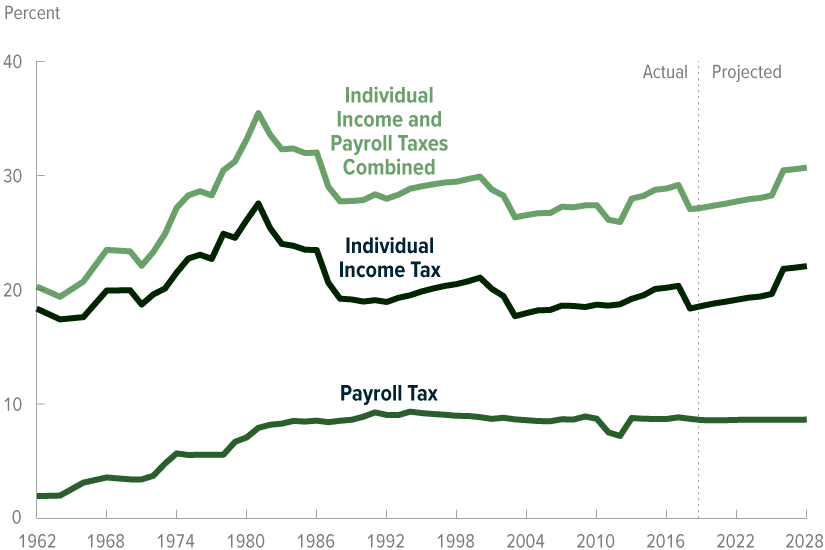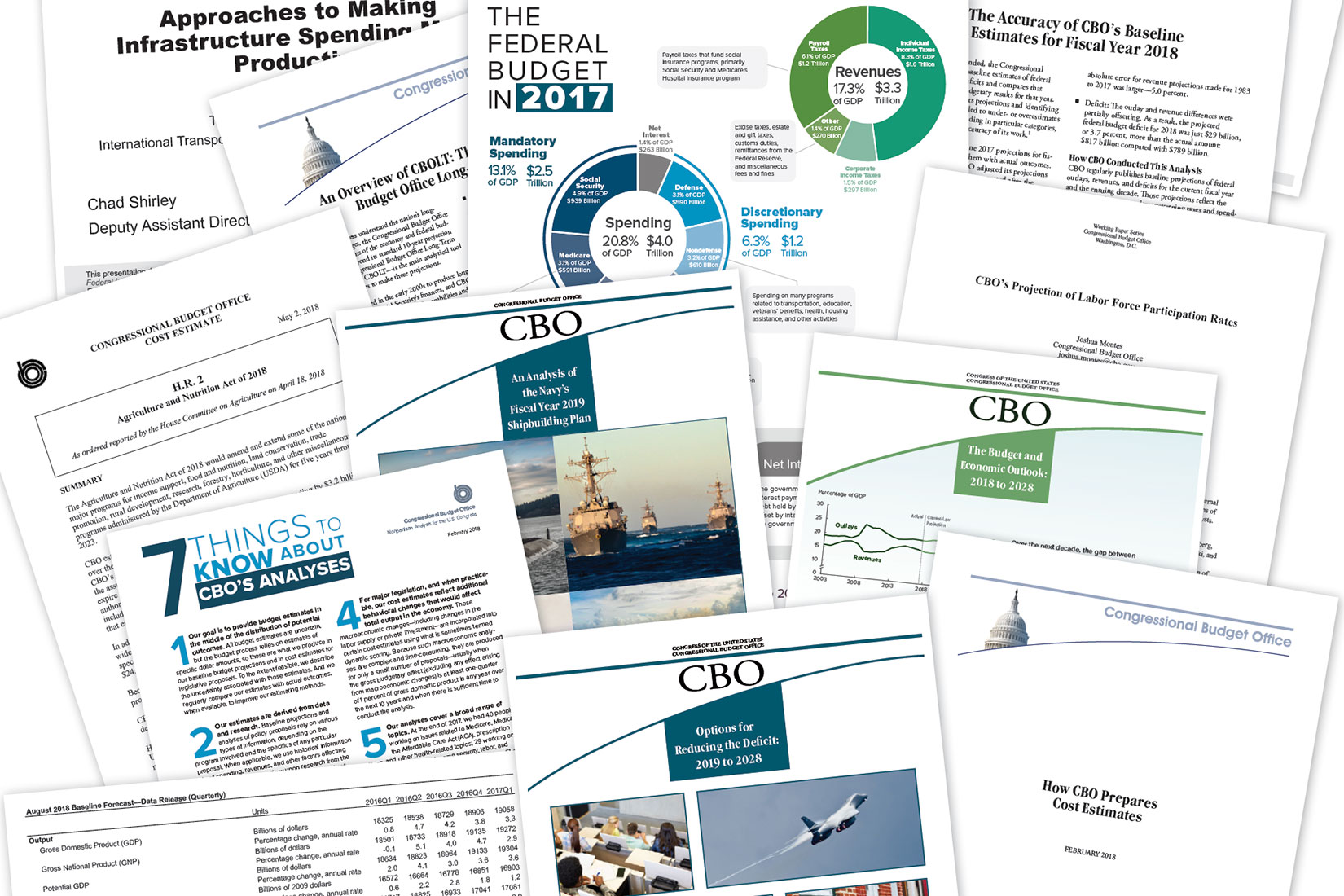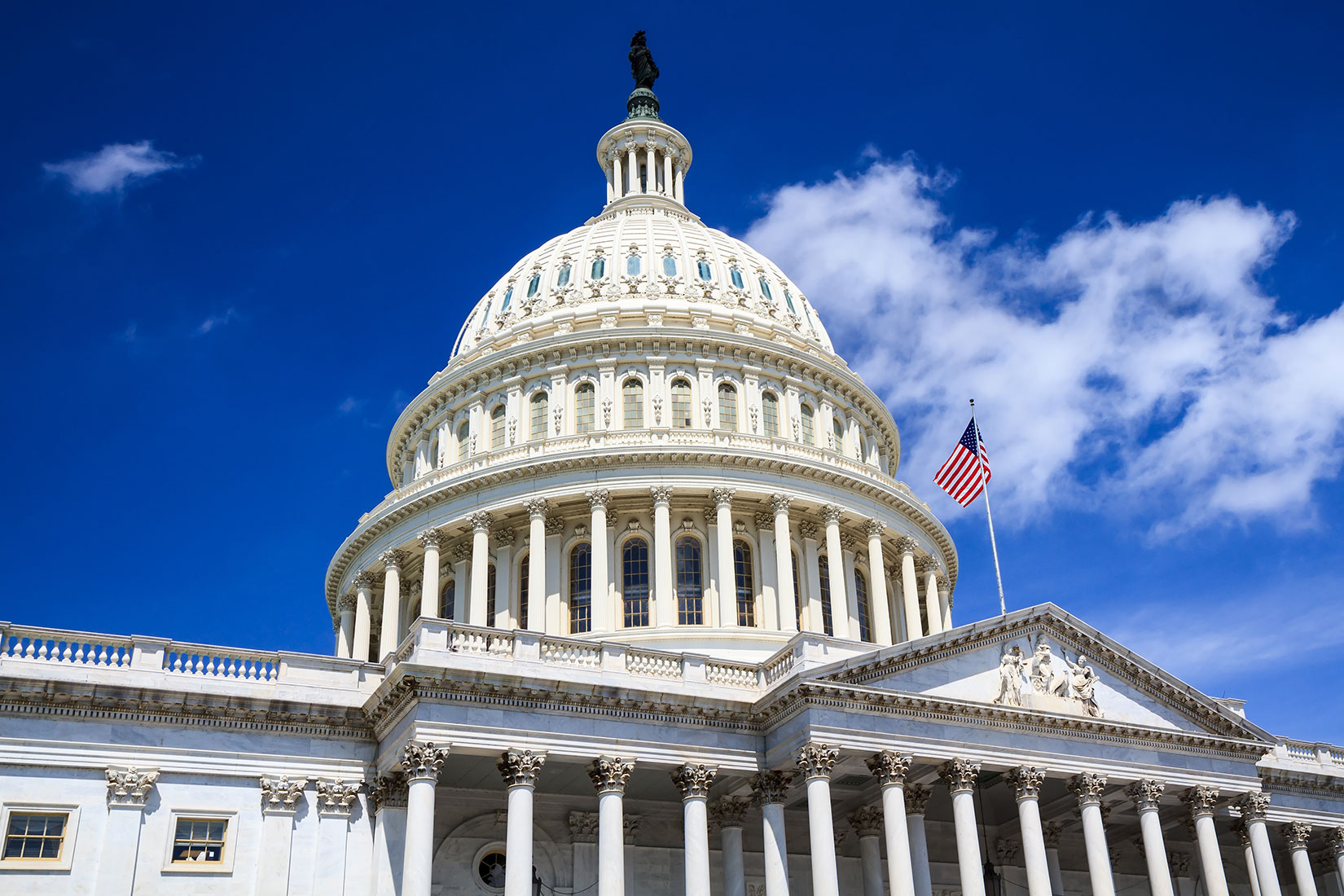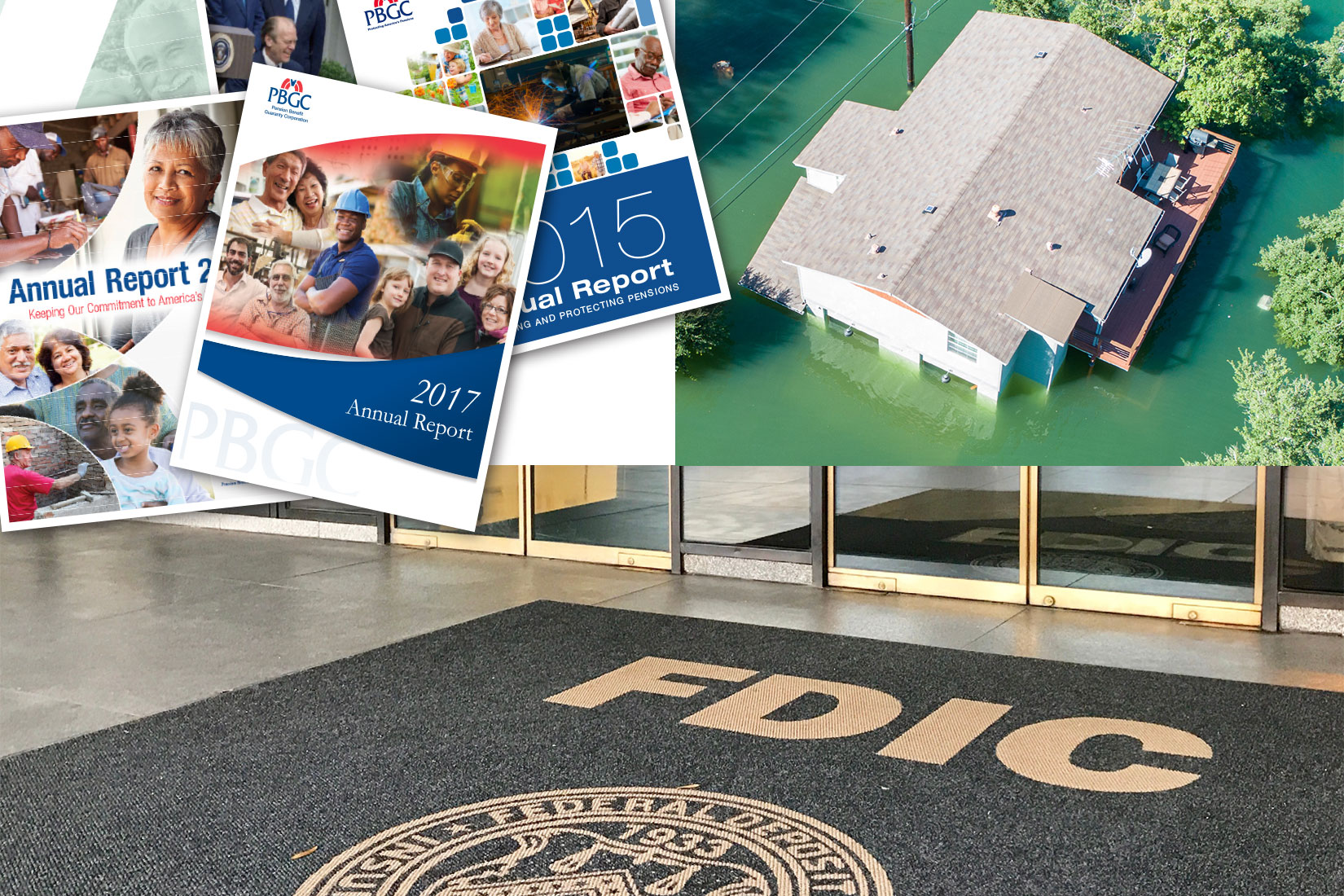In this report, CBO projects, on the basis of current law, marginal federal tax rates on labor income from 2018 through 2028. So that current trends can be understood in a historical context, the projections are accompanied by rates from 1962.
CBO Blog
The Administration’s current plans for U.S. nuclear forces would cost $494 billion over the 2019–2028 period—$94 billion more than CBO’s 2017 estimate for the 2017–2026 period, in part because modernization programs continue to ramp up.
For this report to be complete and as useful to the Congress as possible, the House and Senate Budget Committees have asked CBO to delay publishing it until it can fully account for the funding provided in all 12 annual appropriation bills.
CBO will release its annual Budget and Economic Outlook at 10:00 a.m. ET on January 28. The report will include updated economic and budget projections spanning the period from 2019 to 2029.
For this report to be complete and as useful to the Congress as possible, the House and Senate Budget Committees have asked CBO to delay publishing it until it can fully reflect the funding provided in all 12 annual appropriation bills.
The federal budget deficit was $317 billion for the first quarter of fiscal year 2019, CBO estimates, $92 billion more than the deficit recorded during the same period last year.
To help assess budgetary risks, CBO has projected spending by the Department of Veterans Affairs through 2028 under three scenarios, a modified version of CBO’s baseline and two other scenarios involving more rapid spending growth.
In 2018, CBO continued to bolster its efforts to be transparent. This report fulfills CBO’s requirement to provide plans for future transparency efforts within 90 days of the enactment of its appropriation for 2019.
In 2009, the Recovery Act boosted monthly benefits for SNAP. The resulting increase in spending on SNAP benefits from 2009 to 2013 was greater than CBO had estimated. This report discusses that underestimate and the reasons for it.
In this report, CBO assesses the usefulness of cash and accrual accounting for several federal insurance programs—including deposit, flood, and pension insurance—and considers ways to increase use of accrual measures in the budget process.









